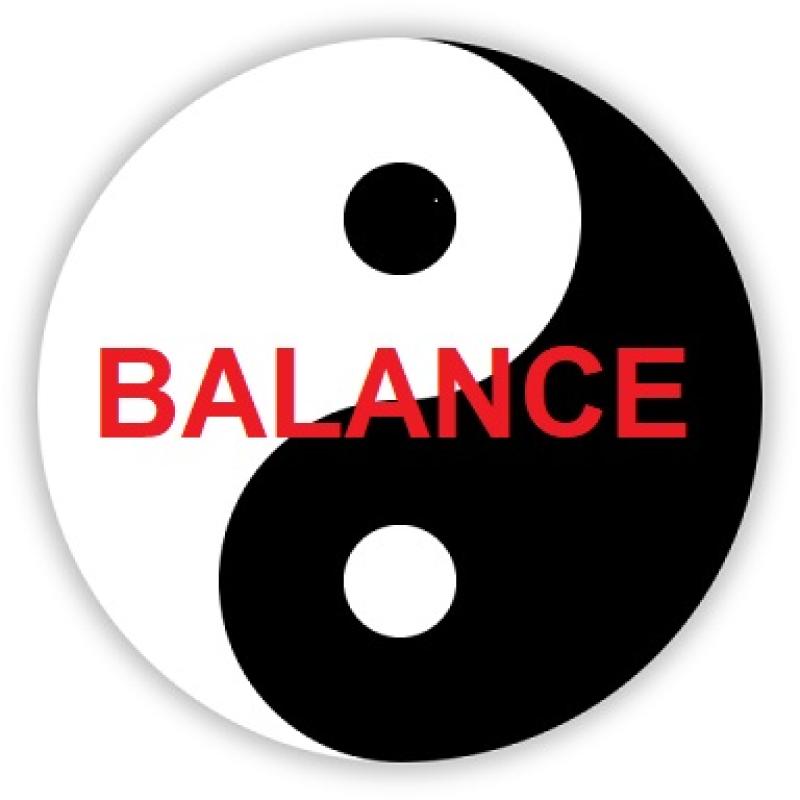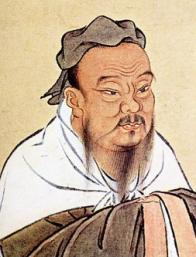The Basic Principles of Feng Shui
By: By ANJIE CHO

The Basic Principles of Feng Shui
:max_bytes(150000):strip_icc():format(webp)/ML-Harris-bamboo-56a2e21e3df78cf7727aeca4.jpg)
ML Harris / Getty Images
The Chinese words "feng" and "shui" translate to mean “wind” and “water," respectively. This concept derived from an ancient poem that talks about human life being connected and flowing with the environment around it.
What Is Feng Shui?
The philosophy of feng shui is a practice of arranging the pieces in living spaces in order to create balance with the natural world. The goal is to harness energy forces and establish harmony between an individual and their environment.
In Asian culture, this philosophy is called the Tao, which translates to mean “the way." Taoism is the way of nature and all the basic principles of feng shui reflect nature. Take a look at the essential principles of feng shui: the commanding position, the bagua, and the five elements.
The Commanding Position
The commanding position is the spot in a room that is the furthest from the door and not in direct line with it. It puts you diagonal to the door. Ideally, you should have a clear line of sight to the door.
The commanding position is where you want to spend most of your time when you are in that room. Feng shui guidelines suggest you determine this dominant position in the room, then place your bed, your desk, or your stove in diagonal alignment, if you can. These three parts of your house are critical since each represents an essential part of your life. The bed stands for you, the desk is an extension of your career, and the stove represents your wealth and nourishment.
:max_bytes(150000):strip_icc():format(webp)/what-is-feng-shui-1275060_V2.1-868350a1836747eaa07774955a6a618a.png)
The Feng Shui Bagua Map
A bagua is the feng shui energy map superimposed on the floor plan of your home. The Chinese word "bagua" translates to mean “ eight areas. ” Each of the eight areas relates to a different life circumstance, such as family, wealth, or career. And, each of these areas has corresponding shapes, colors, seasons, number, and earthly elements. At the center of the bagua—a ninth area—is you, representing your overall wellness.
There are several feng shui schools of thought. All of them use baguas when analyzing your home; however, some may apply the bagua in different ways. The Western and BTB (Black Sect) schools usually lay the bagua so that the knowledge, career, and helpful people areas align with the front door of the home. The Flying Stars and other classical schools may orient the bagua based on the energy of the year or the compass.
:max_bytes(150000):strip_icc():format(webp)/what-is-feng-shui-1275060_V2.2-55c6b5643ac84691b2d84f40427eaeef.png)
The Bagua Areas
The easiest way to incorporate the bagua in your life is to identify one to three areas that need the most attention. Do not attempt to work on all areas at once. To strengthen your energy or improve flow in those areas, incorporate feng shui suggestions in that particular area.
Family (Zhen)
- Representing: Family, new beginnings
- Shape: Columnar, rectangular
- Colors: Green, blues, teal
- Season: Spring
- Number: 4
- Element: Yang wood
Wealth (Xun)
- Representing: Wealth, abundance, prosperity
- Shape: Columnar, rectangular
- Colors: Purple
- Season: Spring
- Number: 5
- Element: Yin wood
Health (Tai Qi)
- Representing: Overall wellness, the center
- Shape: Flat, square
- Colors: Brown, orange, yellow
- Season: Transitions between the seasons
- Number: 5
- Element: Earth
Helpful People (Qian)
- Representing: Helpful people, benefactors, travel
- Shape: Circular, spherical
- Colors: Gray, metallics
- Season: Autumn
- Number: 6
- Element: Yang metal
Children (Dui)
- Representing: Children, completion, joy
- Shape: Circular, spherical
- Colors: White, metallics
- Season: Autumn
- Number: 7
- Element: Yin metal
Knowledge (Gen)
- Representing: Knowledge, self-cultivation, skillfulness
- Shape: Flat, square
- Colors: Dark blue
- Season: Transitions between the seasons
- Number: 8
- Element: Yang earth
Fame (Li)
- Representing: Fame, reputation, passion, visibility
- Shape: Triangle, pointy
- Colors: Red
- Season: Summer
- Number: 9
- Element: Fire
Career (Kan)
- Representing: Career, path in life
- Shape: Wavy, curvy
- Colors: Black
- Season: Winter
- Number: 1
- Element: Water
Partnerships (Kun)
- Representing: Partnerships, marriage, self-care
- Shape: Flat, square
- Colors: Pink
- Season: Transitions between the seasons
- Number: 2
- Element: Yin earth
The Five Elements
:max_bytes(150000):strip_icc():format(webp)/what-is-feng-shui-1275060_V3.3-e191e7b2368043f9838b6ad98bc7edd6.jpg)
The five elements —earth, metal, water, wood, and fire—come from the Taoist tradition. The elements are five interrelated phases in life that work together to create a complete system. Typically, the practice of feng shui works to balance these five facets in your home and each of your life areas or bagua.
To incorporate the elements in your life and your home, you have to define where you want to focus your energy. Much like the bagua, you choose the one to three areas of your life you want to improve. Then, you strengthen your energy and your home's energy by adding the suggested colors or shapes in that room.
For example, your bagua shows that your bedroom aligns with your overall wellness and the place where you rejuvenate. It ties into the earth element. Consider ways to incorporate earth tones, ceramic or clay pottery, stones, or crystals in that room. After you have made improvements there, focus on a couple of other rooms or areas of your life. Look at the corresponding elements in those rooms and welcome that positive change into your life by adding those elements. The intent is to bring positive energy to those rooms, those areas of your life, and, ultimately, your entire home.
Earth
- Qualities: Grounded, self-care, stable
- Shape: Flat, square
- Colors: Brown, orange, yellow
- Season: Transitions between the seasons
- Areas: Wellness, knowledge, partnerships
Metal
- Qualities: Efficient, precise, beauty
- Shape: Circular, spherical
- Colors: White, metallics
- Season: Autumn
- Areas: Helpful people, children
Water
- Qualities: Downward, flowing, shifting
- Shape: Wavy, curvy
- Colors: Black
- Season: Winter
- Area: Career
Wood
- Qualities: Expansive, vitality, upward
- Shape: Columnar, rectangular
- Colors: Green, blues
- Season: Spring
- Areas: Family, wealth
Fire
- Qualities: Passion, illuminating, brilliant
- Shape: Triangle, pointy
- Colors: Red
- Season: Summer
- Area: Fame




Comments are subject to the Confucius group RED BOX RULES which can be accessed by clicking this link -> which will take you to the Confucius group home page, or by clicking on the Confucius group avatar at the top right of the article page above.
Political comments are off topic and will be deleted.
My ex-wife was a yoga instructor and she was familiar with Feng Shui, which we used in the furniture arrangements in our home. I doubt there are many NT members who will have any interest in this, and in fact I know of only one who I know is familiar with Feng Shui, and he hasn't been around lately, but comes and goes.
Yes-- a truly wonderful person who had been gone for quite a while.
But here's good news-- he recently returned!


Must be the Year of the Cat-- or sumpthin!
....and is a benefit to the site.
No such thing. This is the year of the rabbit.
Well, I have to agree!
I can tell you from experience-- it definitely works!
Not always
I don't know why Krishna pulled this seed out of the past - maybe it's because he's the only one on this site who is capable of appreciating it (which I assumed when I posted "... I know of only one who I know is familiar with Feng Shui, and he hasn't been around lately...", and I posted it during his absence, So it's okay, everyone, let it die a peaceful death.
Personally I find it very interesting-- but probably most people wouldn't.
BTW I have Fenf Shui'd my house-- it really works.
If it doesn't work you should: -either give it more time or
-Re-do it slightly differently.
But probably doesn't interest many people so let's go elsewhere.
Maybe Veronica ? @Veronica
She said she practices Wicca, and is into some of these sorts of "Magick" things...
I might not have known it when I originally posted the seed, but I think you're right about her.